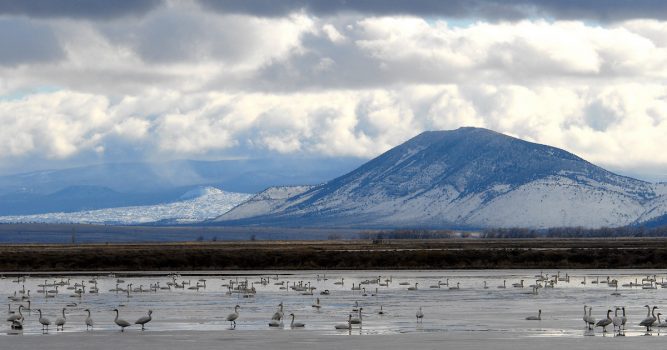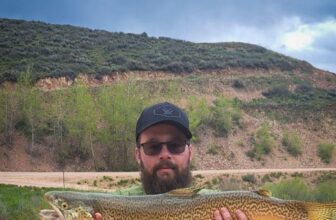Teddy Roosevelt’s first National Waterfowl Refuge, the Lower Klamath NWR on the California-Oregon Border, has gone dry. So has its neighboring National Wildlife Refuge, Tule Lake. The issue is multi-faceted, a perfect storm of politics, crippling drought, and an unwillingness to compromise.
The Importance of the Klamath Basin
For a background of the basin and its importance as waterfowl habitat, I called the Fish and Wildlife Service Biologist for the Klamath Basin Refuge Complex, John Vradenburg.
The biological significance of the Klamath Basin is undeniable. According to Vradenburg, before a Bureau of Reclamation (BOR) project turned most of the basin into agricultural land and irrigation ditches, there were upwards of 400,000 acres of wetland habitat. And those 400,000 acres benefited more than just ducks and geese.
“These wetlands historically sat at the top of the Klamath watershed, and not only provided essential habitat for waterbirds, but they provided essential to…







